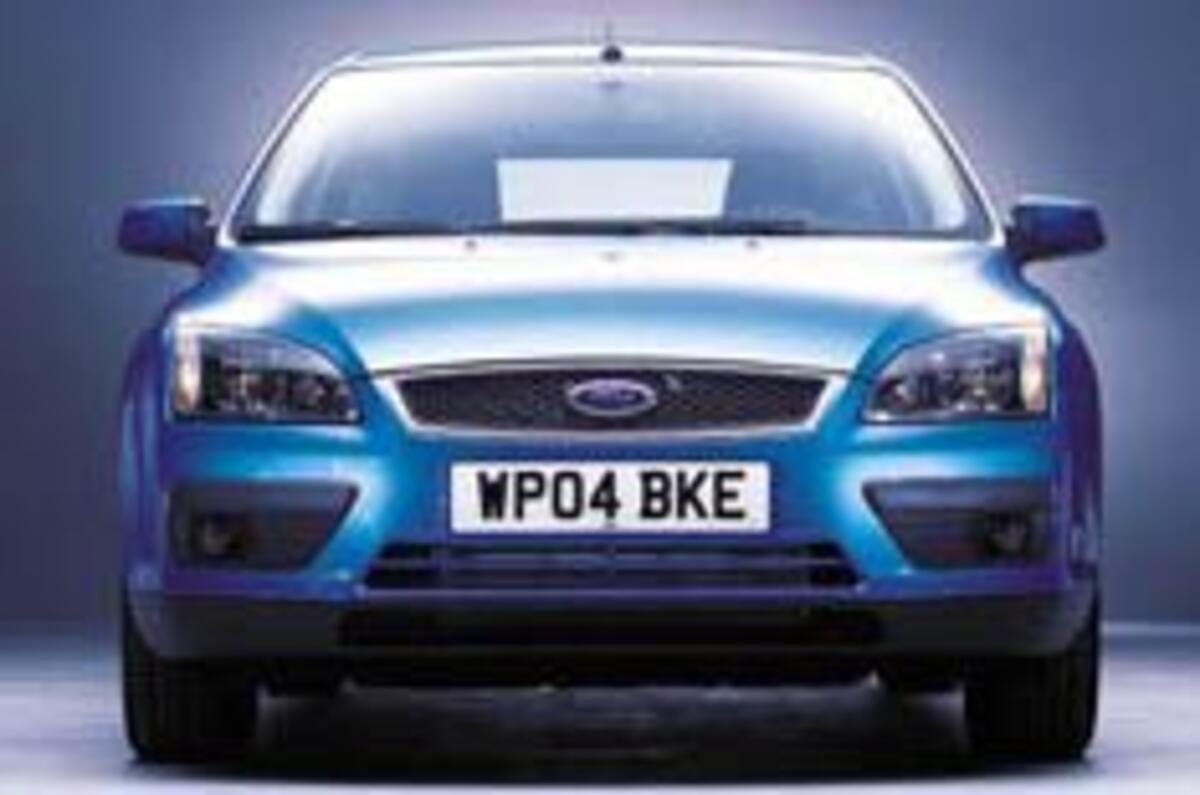How do you follow up a trend-busting best-seller? Ford has been pondering that question since the launch of the revolutionary Focus six years ago. This car is its answer: it's more luxurious, better quality, better built, and Ford promises that it will be even better and cheaper to run when it arrives next January.
Even before the original Ford Focus had notched up more than a few thousand of its eventual four million sales, the teams of designers and engineers charged with launching its successor at the back-end of 2004 knew that this would be one of the hardest Fords of modern times to replace. The first Focus had made such a quantum leap over the honest-but-dull Escort in styling, packaging, driving quality and manufacturing efficiency that the new Focus team members - many of whom had only just finished putting their finest efforts into the original - knew instinctively that however well it turned out, the Focus of 2004 would have to be a progression, not a re-invention. Especially since the company could not afford to renew all that pioneering ’98 Focus engineering in a single generation.
This is not exactly how things have worked out. Ford has now acquired Volvo and cemented its relationship with Mazda. It has invented and refined the concept of ‘global shared technologies’ (GST) which allow similar-sized cars of different marques to share major components, at huge cost savings, without losing their separate identities. It has launched the Focus-based C-Max people-carrier as the first model to embrace the GST principle, and has swiftly launched the Mazda 3, the Volvo S40 saloon and the V50 estate.
So the new 2004 Ford Focus models, revealed here in exclusive detail, are far from just reskinned versions of the distinguished originals. The car market has moved on. These cars are the latest and best-selling examples of a generation begun nearly two years ago by the C-Max, and they show how big-selling Fords will be made in the future. True, the new Focus shares most of its engines, transmissions and running gear with the outgoing car, but most of its fundamental dimensions are different.
It is better-built and roomier than the old car, and if marketing whispers are right, it will cost very little more. On the road, its engineers say, it is just as nimble and steers just as well as the class-leading original, but is quieter and more stable, with a better ride. Ford has put the new Focus through a very thorough development process.
Design and engineering
The Focus is a slightly bigger car now, but its proportions are quite different from the outgoing car’s. Its wheelbase is 25mm longer (shared with C-Max), its track is 40mm wider, it offers a roomier interior, and its exterior proportions are quite different, thanks to the fact that the centre of its windscreen has been pulled forward by a remarkable 140mm. The Focus’s already generous front overhang is maintained, but it looks shorter, thanks to significant rounding of the corners by the body designers. Most of the body’s extra length goes behind the B-pillar. Knee-room grows by 8mm. The boot is 113mm longer and offers 10 per cent more volume at 385 litres. The glasshouse looks much larger now and the whole car has a snub-nosed, forward-control, fastback look because its A- and C-pillars are much more steeply raked. Even in five-door form, the shape has a much sportier aspect than its predecessor, and the three-door (which shares the five-door’s silhouette) looks so much like a fastback coupé that it’s hard to believe there is a proper - let alone enlarged - accommodation package inside. The new three-door Vauxhall Astra does the same thing: big firms have adopted this strategy to protect their three-door hatchback versions from ‘poverty model’ associations.




Add your comment